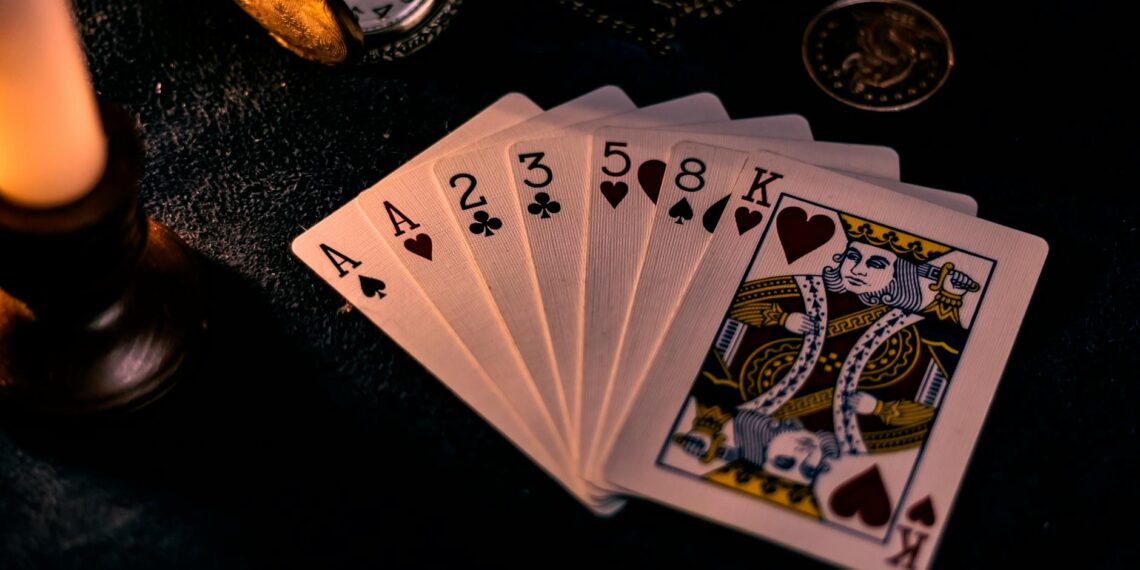A sovereign coin is a British gold coin with a rich history spanning over 500 years.
Here’s a breakdown of its key features:
- First Introduced: The first gold Sovereign was struck in 1489 during the reign of King Henry VII.
- Replaced and Reintroduced: This initial iteration of the sovereign eventually fell out of use and was replaced by other coins, before being revived in 1817 under the reign of King George III as part of a significant currency reform.
- Role in the Empire: The gold Sovereign played a significant role in the British Empire, particularly in international trade, during the 18th and 19th centuries.
- No Longer Circulating: During World War I, gold Sovereigns were withdrawn from circulation in Britain and replaced with paper money. While some minting continued at colonial branches for a time, they haven’t been in general circulation since.
- Investment & Collector’s Item: Since 1979, the Royal Mint has been issuing Sovereigns primarily as bullion coins for investors and in proof condition for collectors.
- Obverse (Front): Features a portrait of the reigning British monarch, which has changed over time with each new sovereign.
- Reverse (Back): Traditionally, and on the vast majority of coins since 1817, the reverse depicts St. George slaying a dragon, a design created by Benedetto Pistrucci. However, there have been some variations and special designs to commemorate significant events.
- Face Value: While the sovereign technically has a face value of £1, its real value is tied to its pure gold content.
- Gold Content: Modern Sovereigns contain 7.3224 grams (0.2354 troy ounces) of fine gold.
- Purity: Sovereigns are struck from 22-carat gold (91.67% gold). The remaining metals, primarily copper in modern coins, enhance their durability. Earlier Sovereigns sometimes used silver in the alloy, resulting in a slightly different color.
- Dimensions: Modern Sovereigns have a diameter of 22.05mm and a thickness of 1.52mm.
- Tax Benefits: Sovereigns, as investment-grade gold and legal tender in the UK, are exempt from Value Added Tax (VAT) and Capital Gains Tax (CGT).
- Investment Potential: Gold Sovereigns are considered a solid investment for those seeking a tangible asset and a hedge against inflation and currency fluctuations.
- Collector’s Appeal: Certain Sovereigns, particularly rare dates, those from specific mint branches, or those with unique commemorative designs, are highly sought after by collectors and can command values significantly higher than their pure gold content.
- Liquidity: They are widely recognized and relatively easy to buy and sell globally.
In essence, a sovereign coin is a classic British gold coin, historically significant and highly valued by both investors for its intrinsic gold content and tax benefits, and by collectors for its rich history, artistry, and potential numismatic value.









What is the meaning of Sovereign coin?
Thanks for asking. The coin had a nominal value of one pound sterling, or twenty shillings. The sovereign was primarily an official piece of bullion and had no mark of value on its face. Nonetheless, it was the country’s first coin to be valued at one pound.
Are Sovereigns worth more than gold?
I can help with that. All Sovereigns will have a base value as pure gold bullion, but many collectible coins will far exceed this price. For example, the King George III 1819 Sovereign – of which only ten are now known to exist. As a result of their scarcity they command extraordinary prices, even when in relatively poor condition.